North Carolina Coastal Plains
05/15/05 - 05/19/05
After finding a Western Pygmy Rattlesnake in my home state of Missouri last spring and the a Dusky Pygmy in Florida this spring I thought it would be nice to see the third and last subspecies, the Carolina Pygmy. I figured as long as I was going after the Carolina subspecies I may as well go for the red variation. It wasnt long before I had a trip planned to the coastal plains of North Carolina. I could only afford to take five days off of work due to already taking a long trip earlier in the spring so this would only leave me three full days of herping in-between driving.
The first day found me still on the road but now east of the Appalachians. It wasnÂt long into the morning when I noticed a large old bill board with a few pieces missing so I pulled over to investigate. The first piece found lying on the ground had three Northern Black Racers sunning on top of it which made a hasty retreat beneath the board upon seeing me. When I went to lift the board with my Midwest Pro Field Hook it snapped! This sucked, why did it have to break on the very first piece of cover lifted on the trip? WhatÂs worse is that I usually have a potato rake in my car but this time I had removed it prior to leaving to free up some extra room for other gear. This left me with just a standard snake handling hook for the remainder of the trip which is just better than useless for field work. Upon lifting the board I uncovered the first three racers along with two others. Soon after the racers, under another board I uncovered two Eastern Worm Snakes and then another Racer. Two lifers on the first stop of my trip, a not so bad start. The rest of the day was spent herping trash sites, abandoned homes, and a rail road bed. Although a lot of cool stuff was found I didnÂt take many photos, I was too anxious to keep hunting for the Pygmy. This was a decision I knew I would regret, and now I do. I did manage to photograph this nice big Corn Snake that was found on the crawl in some discarded rail road ties.
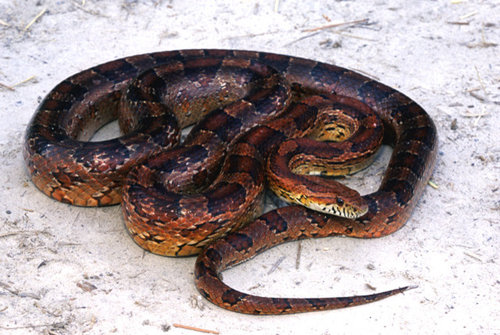
Snooping around an abandoned farm I found a pile of tin that held a Racer, and a Copperhead that looked to be having a difficult time with its shedding process. A board lying right up next to the house had this nice Eastern Kingsnake under it.
This was a target of the trip and a lifer that had eluded me on two previous trips to the southeast so I had to get a photo even though it was opaque.
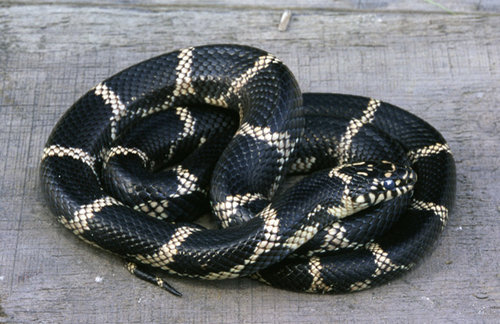
My first day ended with a wildlife officer walking up to my car and asking me what I was doing. I told him that I was looking for a Pygmy Rattlesnake. He asked me if I had any snakes in the car and I said no. Then he asked if I had any collecting equipment in the car and I said I had equipment but it wasnÂt for collecting and I was only taking photos. He then told me to get out of the car and place my hands on the hood. He patted me down, found a can of mace in my pocket and asked me what it was for. I told him I carried it just in case I was to run into any undesirables. He then said "well we do have plenty of those; we have Bobcats AND Red Wolves". I couldnÂt believe my ears! I of course meant undesirable people. After going through everything in my car and threatening me with intent to collect, he finally let me go. Now let me first say that IÂm glad that there are laws and officers working to protect these animals. Although, I do think though that an officer given that kind of power and responsibility should be required to know a thing or two about the wildlife heÂs paid to protect. While I know it may be important to protect this subspecies from collecting I think it would be much wiser to put some effort into protecting the last remaining bits of habitat that support this subspecies from agriculture and development. Let me finish this rant by saying that I know all wildlife officers out there are not just like the one I ran into and I do support the laws that protect endangered wildlife. I just think if something is not done to protect habitat there will be no use for laws or officers meant to protect species.
My second day started with another target species, the Spotted Turtle. I just happened to notice the little turtle when I zoomed past it on the highway. These guys are a very charming turtle and I can see why they have been so popular in captivity. After a short photo session on the side of the road I sent him on his way.
Road cruising produced a giant Red-bellied Water Snake that was too fast for me to get my hands on and this Yellow Rat.
An extensive trash sit produced this nice Copperhead. Although the field guides show this range as an intergraded zone between mokasen and contortrix it seems to be widely excepted that the coastal animals are pure contortrix.
I finished the second day with another lifer, a northern Brown Snake that I wish I would have taken the time to photograph.
For my third and last day I met up with Jeff Hall of the Cool Springs Environmental Education Center and Jerry Reynolds from the North Carolina Museum of Natural Sciences. Jeff was nice enough to take us to one of his research areas where he had laid out some tin transects. A lot of the tin was too hot but most still held Southeastern Five-lined Skinks and a few Racers. One of the coolest finds of the day wasnÂt even a herp but a plant that Jeff brought to my attention, a Venus Fly Trap. I wanted to see it in action so we fed it a mosquito. We hit pay dirt on the last transect we checked with these two stunning Mole Kingsnakes. It was interesting to see these guys jerk their heads just like a Sistrurus, a behavior IÂve never seen in their subspecies the Prairie Kingsnake.
Jeff and Jerry had to get back home but right before our departure we found this little Oak Toad that refused to allow me to get a decent photo of it.
I stayed on and did some road cruising in between hitting trash sites and ended up finding another Corn Snake and a few more Racers. I really should have hit the road home at this point but I decided to stay one more night and give the Pygmy a last chance in the morning. The next morning I went back to a spot where we had found the shed skin of a Pygmy the day before and hunted the stump holes in the area but all I ended up finding was a Rough Earth Snake.
Out of the three target species I had for the trip I found two, so youÂll hear no complaints from me even without a Carolina Pygmy.
I owe a big thanks to Ron and Eitan Grunwald for helping me out with some great localities and contacts in the area, also big thanks too David Cooper for some very useful information, and a special thanks too Jeff Hall for meeting up and sharing some great spots with me.
I also added a life list Bird, a BachmanÂs Sparrow.
Total species found:
Northern Black Racer  22 (lifer)
Eastern Worm Snake  5 (lifer)
Six-lined Race Runner  5
Southern Toad  many
Southeastern Five-lined Skink  many
Eastern Mud Turtle  many
Eastern Glass Lizard  4
Corn snake  2
Atlantic Coast Slimy Salamander  6 (lifer)
Eastern Narrow-mouthed Toad  2
Eastern Kingsnake  1 (lifer)
Southern Copperhead  2
Green Anole  2
Common Snapping Turtle  3
Southern Ring-necked Snake  1
DOR Red-bellied Water Snake - 1
DOR Yellow Rat Snake  1
DOR Carolina Water Snake  2
DOR Corn Snake  2
DOR Easter Painted Turtle  1
Eastern Box Turtle  2
Spotted Turtle  1 (lifer)
Yellow-bellied Slider  many
Red-bellied Turtle  2+ (lifer)
Rough Green Snake  2
Red-bellied Water Snake  1 (lifer)
Yellow Rat Snake  1
DOR Eastern Hog-nosed Snake  2
Ground Skink  many
Northern Brown Snake  1 (lifer)
Mole Kingsnake  2
Rough Earth Snake  2
DOR Canebrake Rattlesnake  1
Oak Toad  1 (lifer)
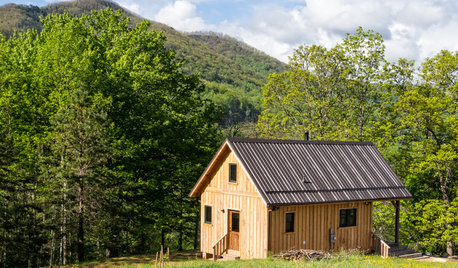




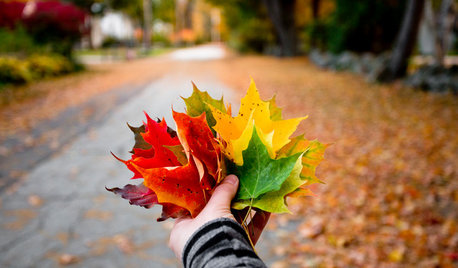













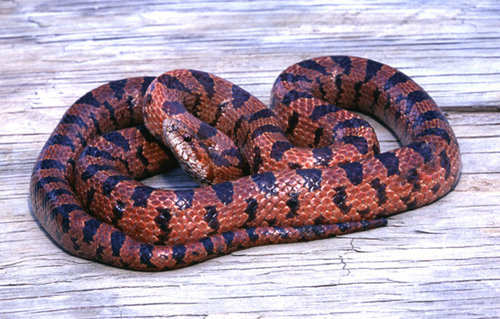
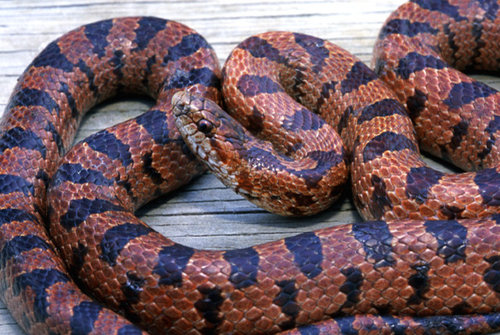

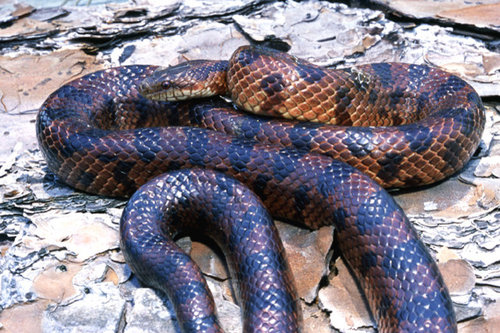

evantn
mitchell_m
Related Discussions
b/w cemetary photos - long - about 15 pictures
Q
Rose Season Begins in my North Carolina Garden 2014
Q
Rose season begins in my North Carolina garden
Q
North Carolina Mavens -Can you help?
Q
wayne_mo
cryptobranchidaeOriginal Author
mitchell_m
sportguy005
Gary2sons_MO